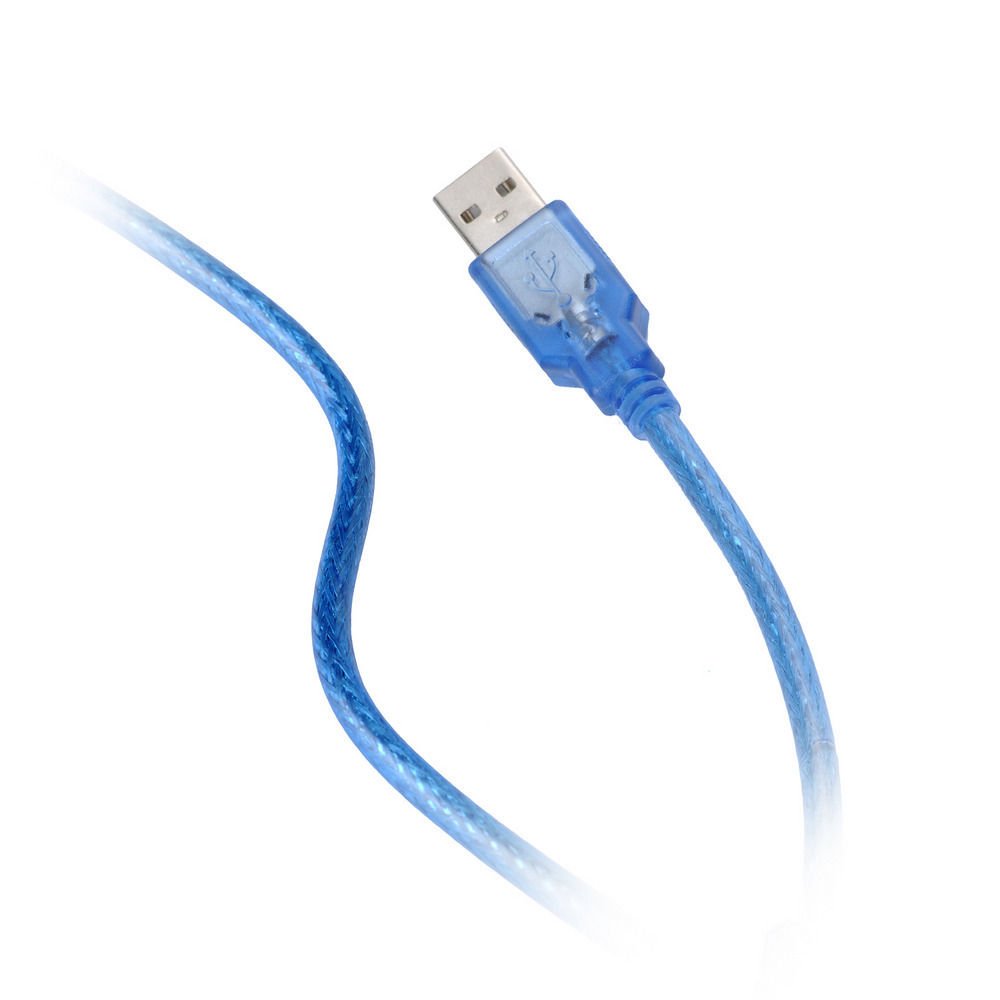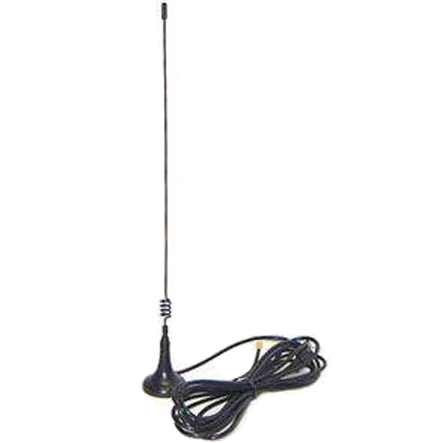
Since the antenna’s power is more focused, they can send and receive a wireless signal from a further distance, but with a much smaller coverage area. The flashlight's beamwidth (radiation pattern) is triangular shaped, anything outside of that triangle does not receive an ounce of light. When you turn on a flashlight, it illuminates the area that the light is being shined on.

A directional antenna works similarly to a flashlight. Have a look the antennas on the Tenda Wi-Fi 4G+ LTE AC1200 Dual-Band RouterĪs their name suggests, focus all their power in one direction.
5 mile wifi antenna booster free#
Learn more or call us for a free consultation: 1-80 How Do WiFi Antennas Work? Personally, I wouldn't be surprised if the boat rolls 30 degreesĭue to that, I am afraid there is not much chance to get stable connection, unless there is AP with sector/directional antenna on shore.Take advantage of our system design and installation services.

For example if your boat rolls 15 degrees from ideal angle, antenna will lose around 3dB of its gain. You can see that it reach maximum gain in every horizontal angle, but only in few degrees of vertical angles. This is not exactly your antenna, but it will be close enough. Look for example at this chart for 6dBi omnidirectional antenna: We live in real world so there will be interference (other AP in the area), reflections, obstacles (even water droplets from tide can attenuate signal a lot).Īlso keep in mind that the antenna gain gets lower with each degree from its maximum point. These are sufficient values to keep the link, but it is maximum possible value in ideal world. (I don't count antenna gain of access point on purpose, because firstly, it will be always different and secondly it depends how oriented such antenna is.)īased on those inputs, on shore you will get max 31+6-104= -67dBm for 2.4GHz or 31+6-111= -74dBm for 5.8GHz Your Groove has maximum power 31dBm (on slowest speed) for both bands and included antenna should be 6dBi (couldn't find precise specs) Quick calculation:įree Space Loss on that distance will be 104dB on 2.4GHz band and 111dB on 5.8GHz band. This might cause an issue because you plan to anchor your boat up to 1 mile from AP. Second thing to keep in mind is signal strength - if your boat rotate a lot, you need high beamwidth which comes at expense of gain. Based on that, you can look for antenna with corresponding beamwidth. I am not a sailor, neither I have knowledge of your boat - so you have to decide how much does it rotate around these axes. However, you also need to account for pitch and roll rotation. You correctly decided that you need omnidirectional antenna because boat moves around anchor. As the boat rotate (yaw,pitch,roll) your antenna must have enough beamwidth to cover all possible angles, otherwise it will drop your connection.

Antenna gain directly depends on beamwidth.


 0 kommentar(er)
0 kommentar(er)
